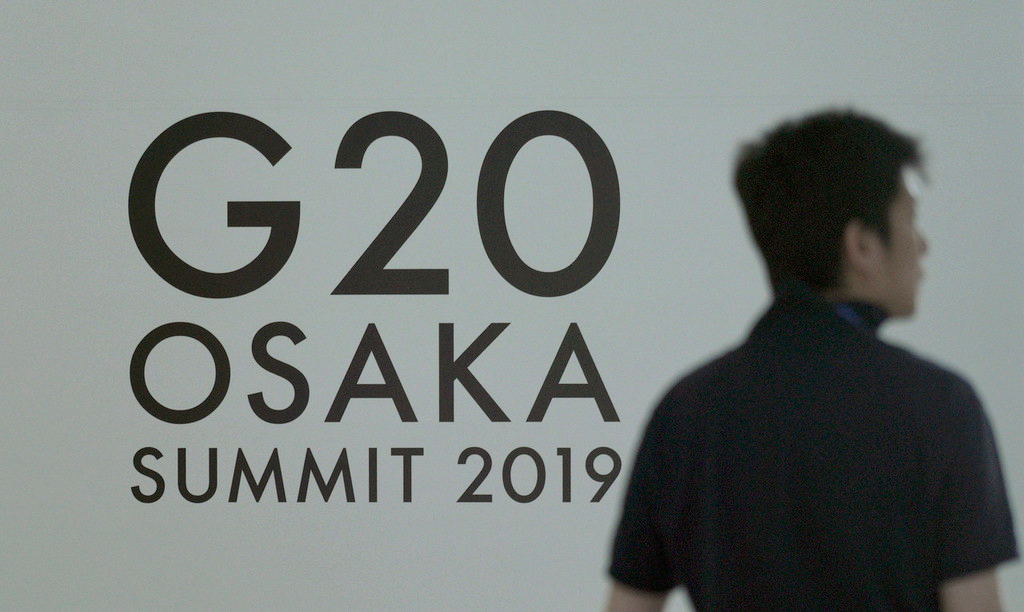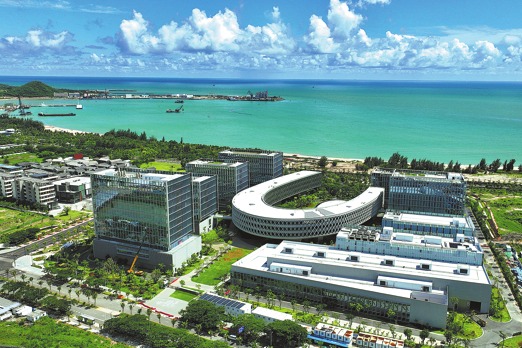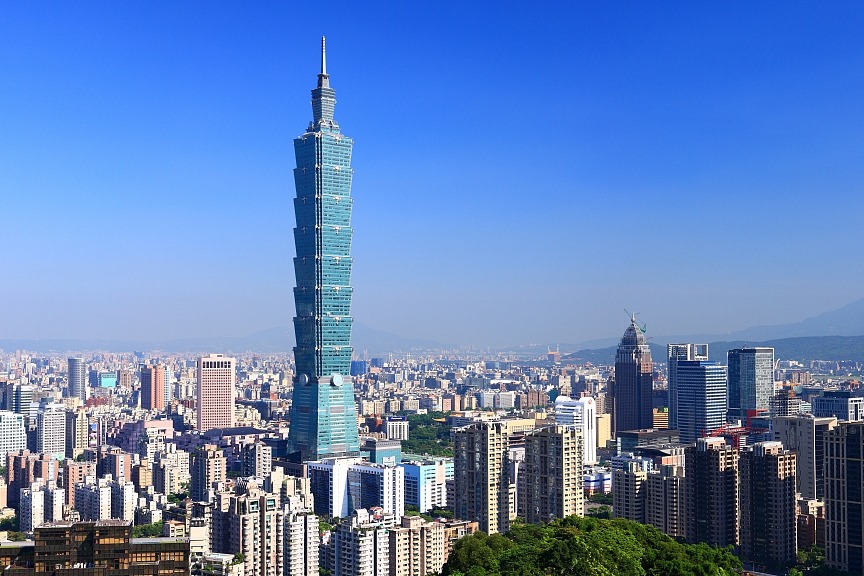China-US trade challenges for leaders at Osaka meeting


World-leading experts and international media seem unanimous in the belief that the most significant event in the ongoing meeting of the G20 leaders in Osaka will be the meeting between US President Donald Trump and Chinese President Xi Jinping. The meeting's main focus will be challenges in bilateral trade – or the tariff war as it has been branded from the outset.
It is worth remembering that on May 31 this year, China introduced increased tariffs on $60 billion worth of US goods. This measure followed the US decision to increase tariffs from 10 to 25 percent on $200 billion in Chinese imports. The latter confirmed the Americans' worry about the dominance of Chinese goods in their market. Earlier, the US administration began the process of increasing tariffs on all imports from China, which is estimated at about $300 billion.
The American administration however until recently was not ready for any compromise. President Trump was initially convinced that the US would be able to mitigate economic confrontation with China for the benefit of the United States. At a recent briefing with journalists, a US executive branch representative said that Trump "will feel completely comfortable with any outcome of these negotiations."
American exports, however, largely depend on the resolution of trade issues between the US and China. It is no coincidence therefore that US administration representatives have categorically refused to discuss in more detail the topics of the planned Xi-Trump talks. "The US position at this stage is well-known to the public. It is, of course, known to the Chinese side," was heard at the above briefing.
Despite external constraints to addressing the tariff problem, the escalation of trade tensions has not been beneficial to either country. According to the Customs Department of China, the total trade turnover between China and the US from January to May 2019 has decreased by 14.5 percent, amounting to a total of $209.68 billion. In addition, Chinese exports to the US have decreased by 8.4 percent and imports of American products have dropped by 29.6 percent.
Perhaps more serious is that the current impasse promises an increase in prices in both countries, which are directly dependent on each other. Given the large volume of total trade, this will inevitably hit retail prices for a great variety of goods, with the risk of damaging social consequences for the most disadvantaged in both countries.
There is also a real possibility that the ongoing trade war between the US and China will aggravate the international economy. As noted in the joint statement of the G20 finance ministers, who recently gathered in Japan, trade and geopolitical conflicts threaten global economic stability.
The International Monetary Fund last week also warned that the US-China standoff could lead to a 0.5 percent slowdown of the global economy in 2020, which may result in additional unemployment and inflation, even in developed countries, not to mention all the rest.
The US government does not want to face these negative consequences. Economic problems are not needed for the current Chinese administration either.
The long-awaited meeting of the US and Chinese leaders may affect the course of in-depth negotiations between the two countries on tariffs. On the eve of the last-scheduled meeting, these negotiations were suspended, but in the future have the potential to start anew.
Dmitry Strovsky is a professor at the Yekaterinburg Academy of Modern Art in Yekaterinburg, Russia.
The opinions expressed here are those of the writer and do not necessarily represent the views of China Daily and China Daily website.


































